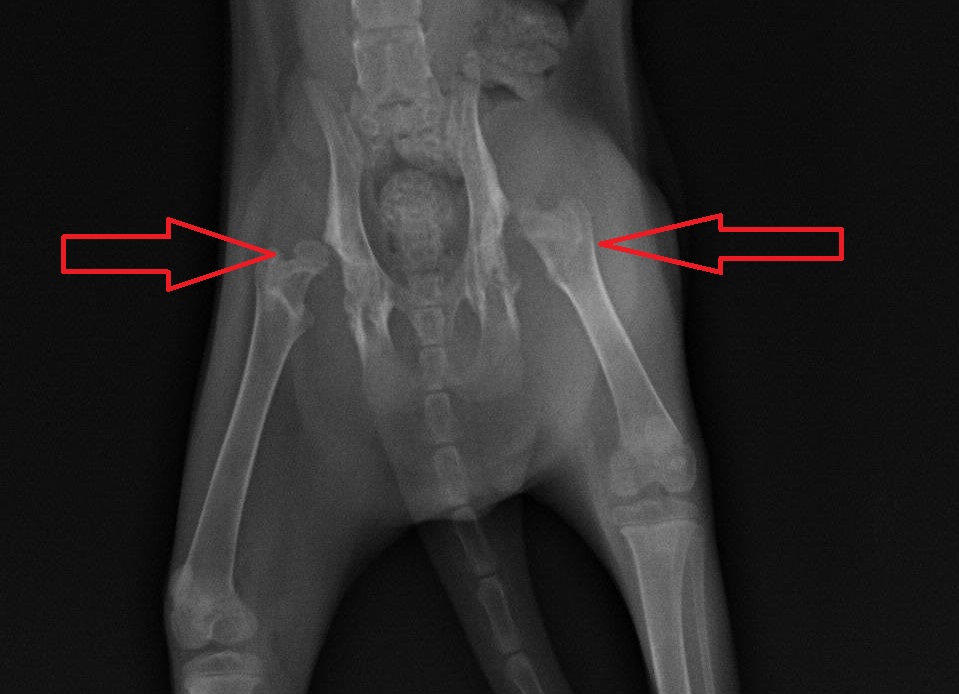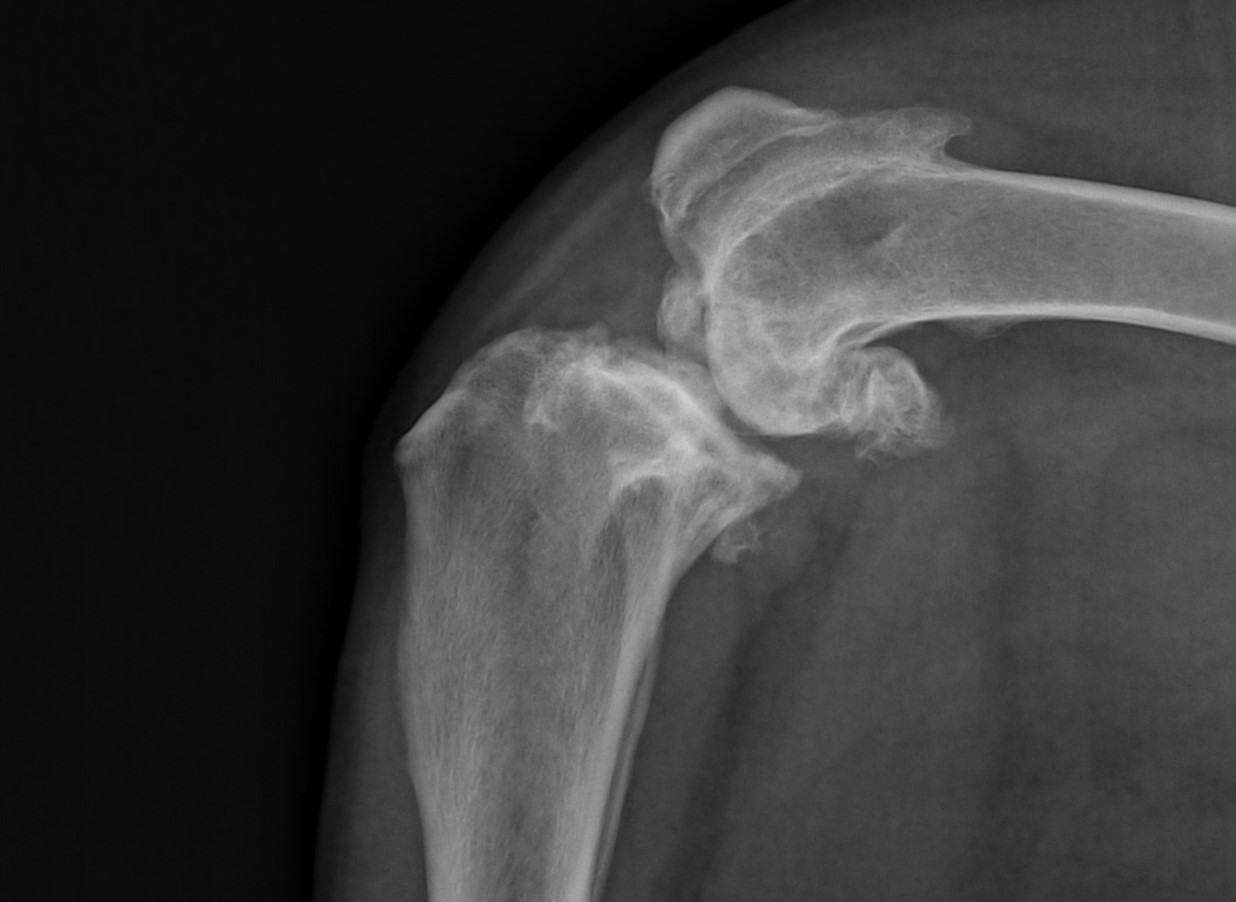Dr. Phil Zeltzman’s Blog
Common questions about arthritis

Last June, we answered the very common question: “How can my pet have arthritis so young?”
(here is the link to that blog: https://www.drphilzeltzman.com/blog/how-can-my-pet-have-arthritis-so-young/).
Today, let’s answer more very common questions related to arthritis.
1. Can arthritis be cured?
There is no cure for arthritis, in pets or in people.
In most cases, for example in the case of Amber the Lab with a torn ACL and Sweetie with dislocated kneecaps, who were featured in the blog mentioned above, we cannot get rid of arthritis once it has developed.
In Tank’s case, we “removed” the arthritis by removing the ball part of the joint during surgery.

In most cases, all we can do is slow down the progression and manage the signs. Don’t believe the hype, Dr Google or the advertising.
There is no way to prevent arthritis and there is no magic cure once it starts.
That said, there are several options to support the joint, slow down the progression and reduce inflammation (irritation). Beyond surgery, or after surgery, we can give joint or arthritis supplements. They most commonly include glucosamine (with chondroitin) and fish oil (omega-3 fatty acids).
We know that arthritis gets worse with time, so time is of the essence.
We can’t fix the arthritis, but the sooner we address the issue, the better off your pet will be long-term.
The pain can be addressed by a number of great and safe pain medications, including anti-inflammatory drugs.
2. Will you remove the arthritis during surgery?
We cannot just magically remove arthritis while we are in surgery.
Technically speaking, we could remove some of the bone spurs we see, but not all of them. Whether with traditional “open” surgery or with arthroscopy (a camera in the joint), we simply don’t have access to all of the bone spurs.
Even if we could remove them, they would come back. So removing them doesn’t really serve a purpose.

The only exception is in the case of FHO surgery of the hip. Refer to these 2 recent blogs:
- the one mentioned above, where we talk about Tank.
- a blog dedicated to hip dysplasia: www.drphilzeltzman.com/blog/what-to-do-about-hip-dysplasia
3. How do I know my pet has arthritis?
Arthritis is often assumed, without any proof, especially in older pets.
One simple way to prove a pet has arthritis is with a simple X-ray.
Common changes include:
- decrease in mobility
- limping, lameness, favoring a leg
- difficulty jumping
- new limitations during physical activity
- sleeping or napping more
- reluctance to go on long walks
- not grooming as much (especially cats)
- difficulty going up or downstairs
- stiffness from getting up after resting for a while
- seemingly aging prematurely.

Bottom line: the sooner you notify your family vet or your surgeon, the more options we might have to help your pet.
4. What else can be done to help my pet with arthritis?
You can find more information in this blog:
www.drphilzeltzman.com/blog/10-ways-to-help-a-pet-with-arthritis
Don’t give up. There is help out there!
If you would like to learn more about how your pet can have safe surgery and anesthesia, contact us through www.DrPhilZeltzman.com.
Phil Zeltzman, DVM, DACVS, CVJ, Fear Free Certified
www.DrPhilZeltzman.com

Dr. Phil Zeltzman is a traveling veterinary surgeon in Pennsylvania & New Jersey. An award-winning author, he loves to share his adventures in practice along with information about vet medicine and surgery that can really help your pets. Dr. Zeltzman specializes in orthopedic, neurologic, cancer, and soft tissue surgeries for dogs, cats, and small exotics. By working with local family vets, he offers the best surgical care, safest anesthesia, and utmost pain management to all his patients. Sign up to get an email when he updates his blog, and follow him on Facebook, too!

